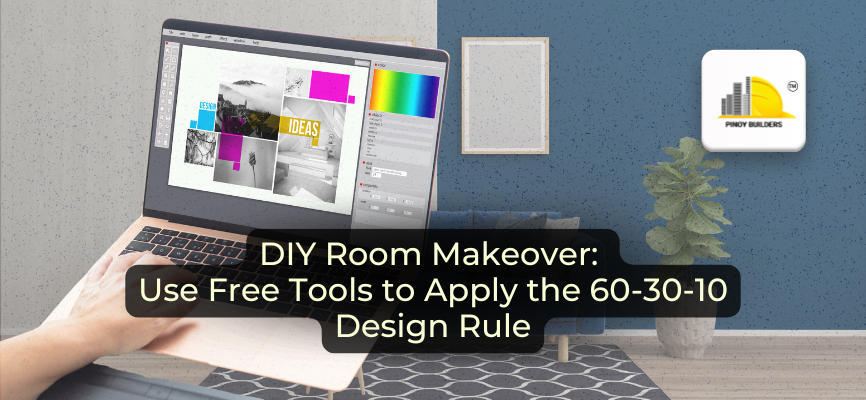Designing or personalizing a room is all the rage right now, and many people are excited to get their hands busy building the room of their dreams. However, many people are unaware that designing a room is more than just arranging furniture; it’s about creating a space that blends functionality with aesthetics. Whether you’re remodeling your bedroom or setting up an office, the right design can make a world of difference.
Thankfully, DIY enthusiasts are not left without tools. Many free construction softwares are available online to help plan and visualize room decoration projects with ease. These softwares can help bring to life key design principles like the “60-30-10 rule,” which can transform any space into a well-balanced and visually pleasing environment. In this article, we will discuss the importance of this rule and how free tools can help apply it to residential and commercial spaces.
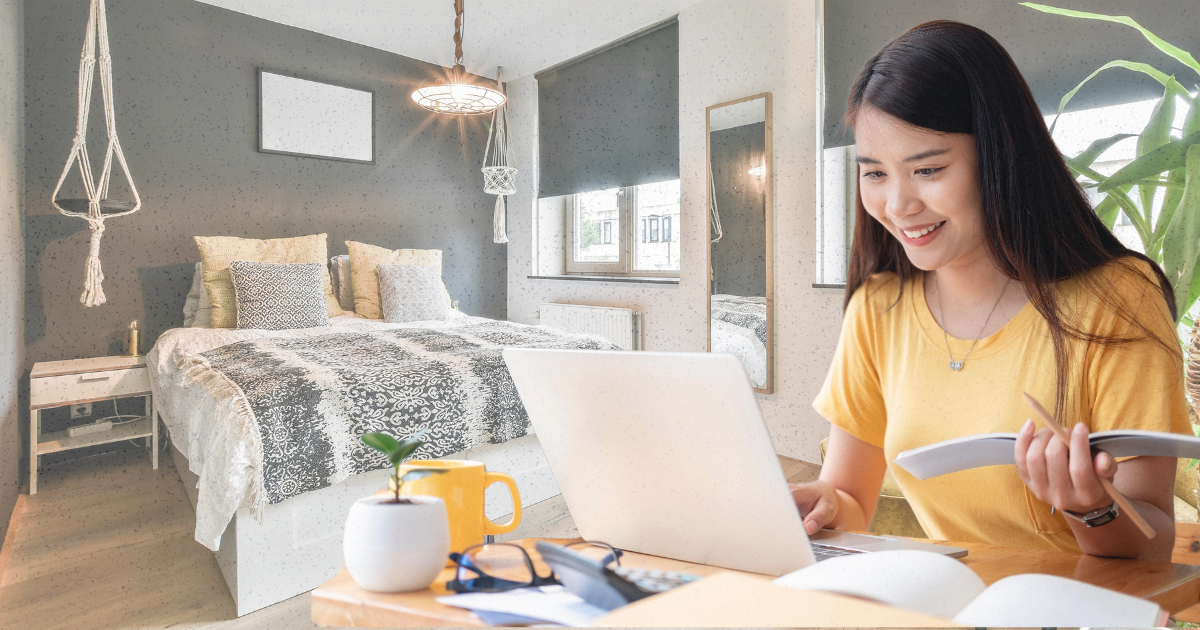
Understanding the “60-30-10 Rule” in Room Design
The 60-30-10 rule is a classic interior design formula that divides color usage in a room into three percentages: 60% for the dominant color, 30% for the secondary color, and 10% for an accent color. This rule helps create a balanced color scheme that is easy on the eyes and brings harmony to a space.
When applied to room renovations, the 60-30-10 rule guides decisions on everything from wall colors to furniture and decor choices. For example, in a living room, the walls might take up the 60% dominant color, the furniture the 30% secondary color, and the accent pieces like cushions or artwork the final 10%.
Color psychology also plays a crucial role in room design. Different colors can evoke various emotions and set the mood of a space. Understanding this psychology allows you to enhance the functionality and feel of a room, making it not only beautiful but also purposeful.
Practical Tips for Applying the 60-30-10 Rule
Applying the 60-30-10 rule can vary depending on the type of space you’re designing.
For residential spaces, consider using soft pastels as the dominant color in a bedroom to create a calm and relaxing environment. Pair this with a medium tone, like a muted green, as the secondary color, and add vibrant accents in small amounts. You can use any design software to help you visualize and test these combinations before committing to them.
In commercial spaces, neutral tones often dominate for a professional look. For example, an office might have gray walls (60%), a deep blue for furniture (30%), and minimal accents in a brighter color (10%) to add energy without overwhelming the space. Using tools to allow you to create detailed 3D models of your design can make the overall project easier to plan.
For industrial spaces, blending functional colors like gray with safety colors and subtle accents helps balance aesthetics with practicality. Use software that can assist in managing larger spaces and designing floor plans, ensuring that the color scheme works on a grand scale.
Free Construction Software for Room Design
Fortunately, several free tools are available that can help you apply the “60 30 10 rule” effectively:
1. Sweet Home 3D: Perfect for beginners and classic software for interior design fanatics, this software is user-friendly and ideal for basic room designs.
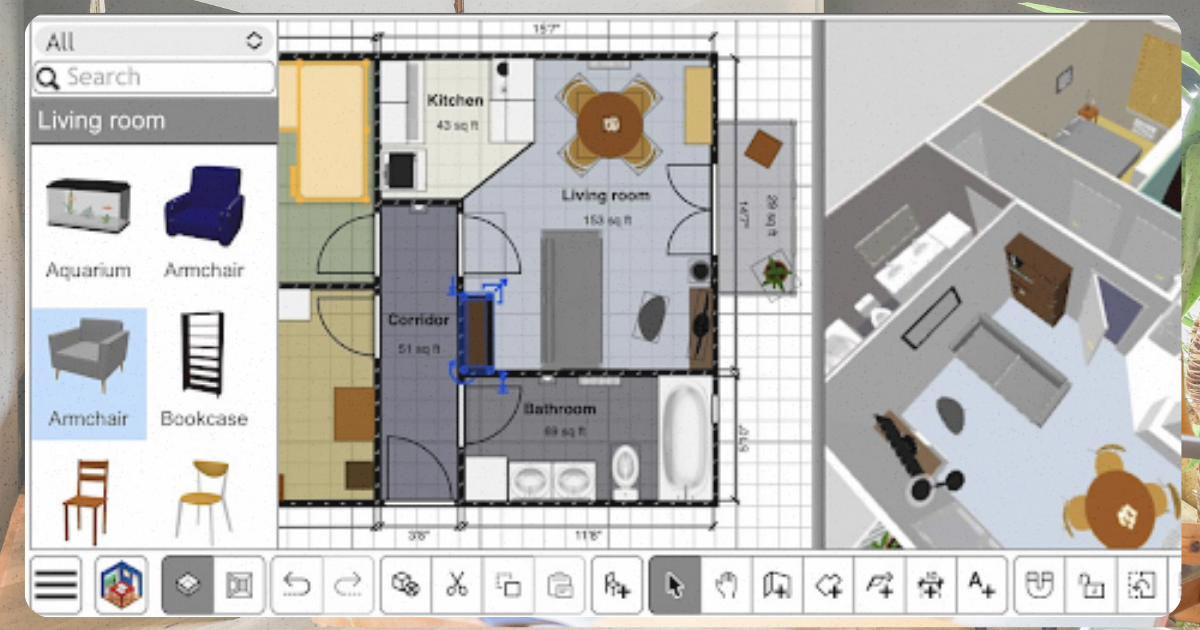
2. Roomstyler 3D Home Planner: Offers a wide variety of furniture and decor options, making it easy to visualize how different colors will look in your space.

3. SketchUp Free: This tool is ideal for those who want to create more detailed and professional designs.
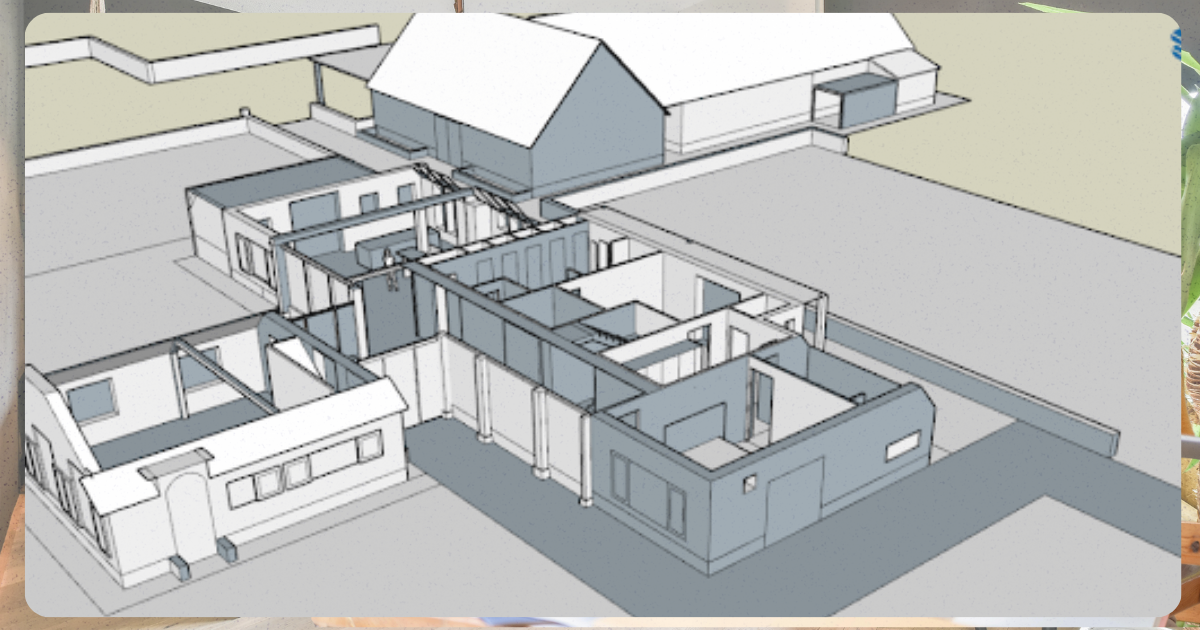
4. Planner 5D: Provides easy-to-use tools for realistic room modeling, making it great for both residential and industrial spaces.
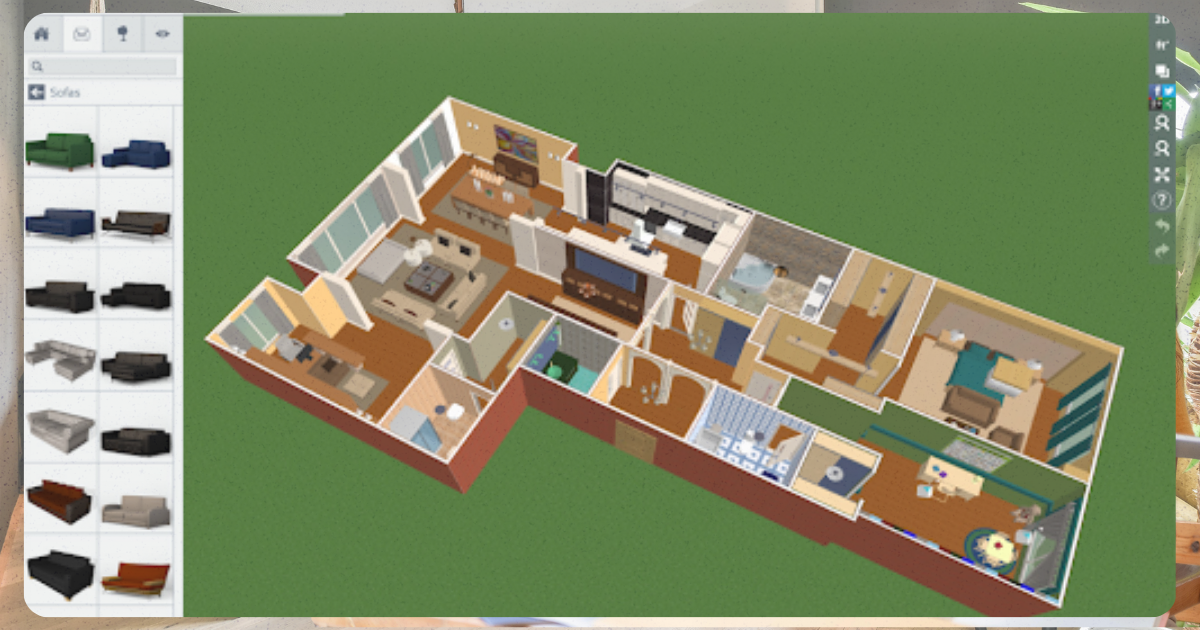
Importance of the 60-30-10 Rule in Home Renovation
The 60-30-10 rule is more than just an aesthetic guideline; it’s a way to ensure that your room design maintains a cohesive and visually appealing look. By balancing the dominant, secondary, and accent colors, you create a space that is both functional and beautiful. Understanding color psychology further enhances this balance, helping you design rooms that evoke the right emotions and serve their intended purpose.
Using the 60-30-10 rule in conjunction with free construction software can take your DIY room renovation projects to the next level. These tools not only help you visualize your design but also ensure that your space is well-balanced and functional. So, why wait? Start planning your next room renovation with confidence and creativity by exploring the recommended software today!
References
Elephant Stock. (n.d.). Choosing a Color Scheme: 60-30-10 Rule. Elephant Stock. Retrieved August 14, 2024, from https://www.elephantstock.com/blogs/inspiration/choosing-a-color-scheme-60-30-10-rule
Huffman, T. (2020, April 12). How To Design A Room Like An Interior Designer [Step By Step] — Greenhouse Studio. Greenhouse Studio. Retrieved August 14, 2024, from https://www.greenhousestudio.co/home-garden/how-to-design-room
Timmons, D. H. (2024, April 22). Perfecting the 60-30-10 Rule in Your Living Space. The Spruce. Retrieved August 14, 2024, from https://www.thespruce.com/timeless-color-rule-797859
Wondershare EdrawMax. (n.d.). Top 10 3D Room Planners to Try in 2024. Wondershare EdrawMax. Retrieved August 14, 2024, from https://edrawmax.wondershare.com/floor-plan-tips/room-planner-3d.html


